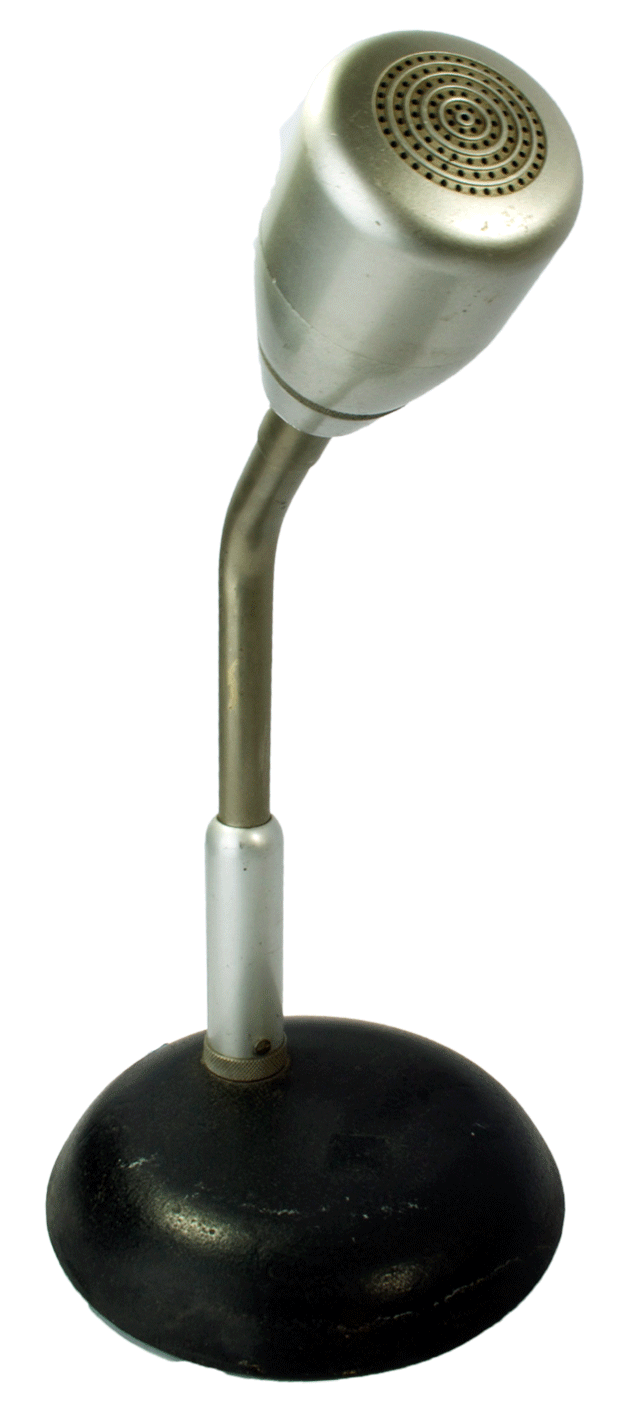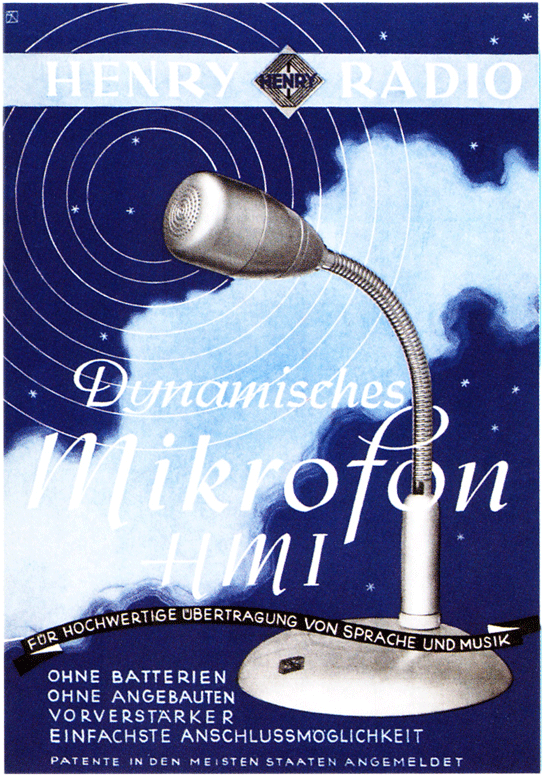|
This month I want to shed light on Sennheiser's first microphone: the DM 1.
Some careers are largely based on coincidence; success is often not a choice, no matter what people are willing to believe these days.
Frits Sennheiser, born in 1912, in Berlin, had wanted to become a garden architect but understood that it would give him little perspective on employment in the Germany of the Interbellum. Thus he decided to go for his second choice: electronic design.
During his study he helped to create a reverberation system for an outdoor pipe organ concert that was to be held at the opening ceremony of the 1936 Olympics in Berlin. The system had to be invented in a hurry; nobody had given thought that organs needed the reflected sound coming from the walls which were of course absent in the open.
The design consisted of a grand piano's metal frame and strings that was fed with the sound of the organ on one side and re-recorded after its passage at the other end; the strings produced the hall effect, not unlike the later spring reverb systems.
During World War 2 Sennheiser worked in Hamburg on high frequency transmissions and cryptography untill the works were bombed, consequently the laboratory and Frits were moved to the little town of Wennebostel in the countryside.
After the war the building was occupied by British troops who made the research illegal, on penalty of death, closed the lab down and confiscated the equipment. Soon the troops moved on and Sennheiser decided to squat his old place of work. He named it after the town: Labor W.
Seven ampere meters that had been left behind were transformed to voltmeters and sold by Jorg to Siemens. This telecom mogul then asked Sennheiser if he could produce 200 copies of a special microphone designed for radio, that Siemens former supplier Henry Radio, from Vienna, was unable to deliver since their factory lay in ruins.
Sennheiser and seven former colleagues undertook the job, using machinery that had not been removed. Copying the microphone turned out to be very labour intensive since the design needed to be followed exactly, otherwise the sound quality detoriorated.
Later he admitted that he would never have started to make microphones if Siemens had not asked him.
The DM1 was an exact copy of the Henry Radio HM 1; a dynamic omni. Like the original it bore no marking other than a serial number. The frequency range was 30-10.000 Hz, in later years the original impedance of 25 Ohms was changed to 200 Ohm to better suit more modern radio equipment.
Based on this design Sennheiser produced his own version in 1947, the DM 2 (Dynamic Microphone 2); it was good sounding (50-8000 Hz) but could be made much easier and faster. It was badged for Siemens but also sold under the name of Labor W and soon became popular among reporters and radio stations.
This model formed the basis for all subsequent Labor W microphone designs and led to the famous MD 21, a classic from 1953, which remains in production to this day (see mic of the month October 2013).
In 1958 the company's name was changed into Sennheiser, it would become one of the most iconic microphone makers of all time.
Henry Radio was rebuilt after the war and made microphones (and other products) mainly for the Austrian market until production halted around 1964.
This is one of the types that feature in my book Witnesses of Words.
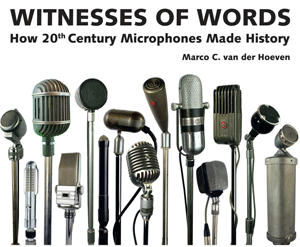
|
|
|
|
|
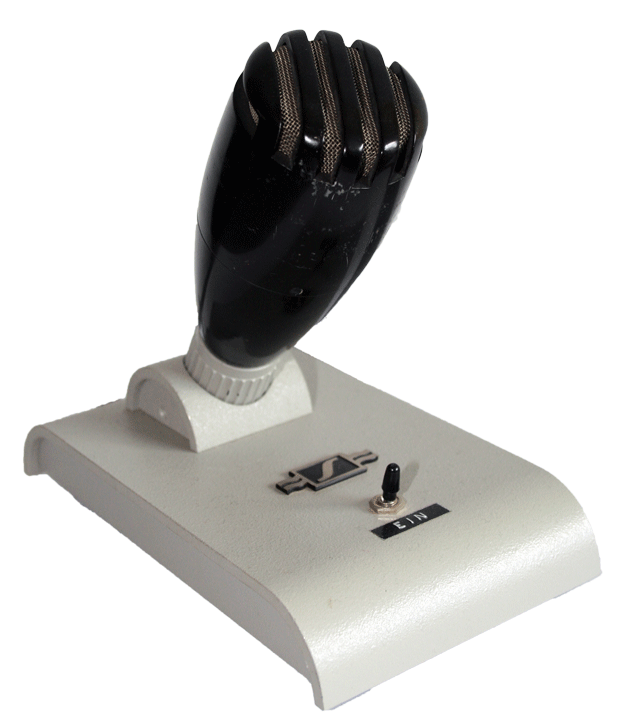 |
Top: Sennheiser's DM 1
Middle: Henry HM 1 and ad from 1943
Bottom: Labor W DM 2 and the Villa Hausmann in Wennebostel where the company started |
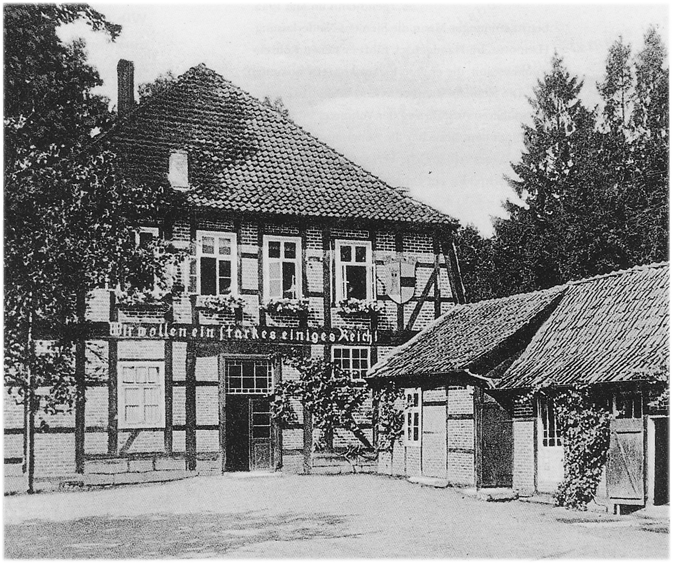 |
|

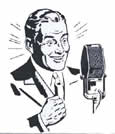
 Video's
Video's Contact
Contact


